|
|
|
|
Translating medical guidelines to make personal health decisions, particularly for something like weight loss, has always been challenging, and now the American Medical Association has changed its policy regarding body mass index, telling doctors to deemphasize the role of BMI in clinical practice.
Obesity medicine physician Scott Hagan from the University of Washington explains some of the shortcomings of using BMI as a general guideline for individuals and how it “cannot provide doctors with precise information about the portion of body weight composed of body fat, nor can it tell us how that fat is distributed in the body,” which is critical to understanding health risks. He writes about some of the alternative measurements the AMA now recommends in addition to BMI.
This week, weather stories are dominating headlines, with a heat dome covering the Southern U.S. and wildfires causing air quality problems in large parts of the country. Atmospheric scientist William Gallus from Iowa State University describes the conditions that allow these areas of high pressure to take hold, as well as the dangerous health risks to people. In an article written earlier in the month, climate scientist Drew Shindell explains the multiple harms from air pollution and why tackling air pollutants has a direct impact on both human health and climate change.
It’s rare that we publish stories about mathematics, in part because the knowledge needed simply to understand the work is beyond most people without advanced degrees. But this article on solving the nearly 400-year-old puzzle of Fermat’s last theorem is a fun story showing how obsessed researchers can stay at a problem – sometimes for decades – and how science often advances by gaining insights from disparate fields of research.
Also in this week’s science news:
If there’s a subject you’d like our team of science editors to investigate, please reply to this email.
[Sign up here for our Understanding AI series – four emails delivered over the course of a week.]
|

|
Martin LaMonica
Director of Editorial Projects and Newsletters
|
|
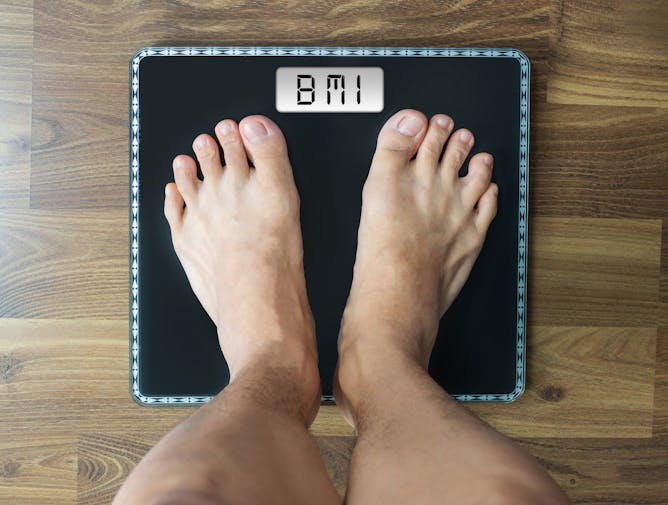
Body mass index has been the standard measure to classify obesity and overweight for decades.
kaipong/iStock via Getty Images
Scott Hagan, University of Washington
Overreliance on BMI as a measure of weight and health has deepened inequities and led to inaccuracies and overgeneralizations.
|

Andrew Wiles, the mathematician who presented a proof of Fermat’s last theorem back in 1993, stands next to the famous result.
AP Photo/Charles Rex Arbogast
Maxine Calle, University of Pennsylvania; David Bressoud, Macalester College
In 1993, a British mathematician solved a centuries-old problem. But he couldn’t have done it without the help of many other mathematicians, both historical and modern.
|
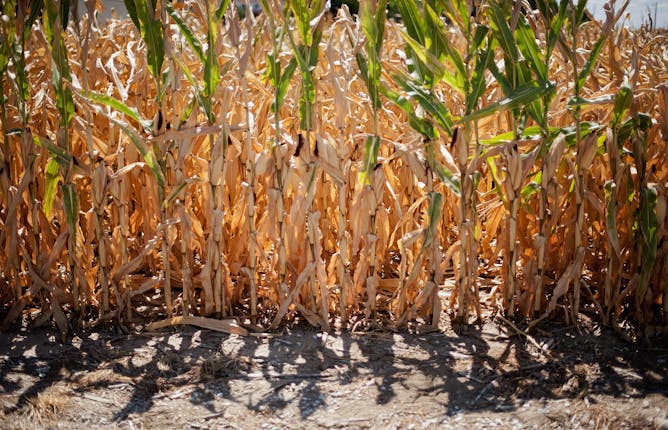
As of June 20, 2023, 64% of the U.S. corn crop faced moderate or more intense drought.
Jim Watson/AFP/GettyImages
Antonia Hadjimichael, Penn State
Flash droughts can develop within a few weeks, causing water shortages, damaging crops and worsening fire risks.
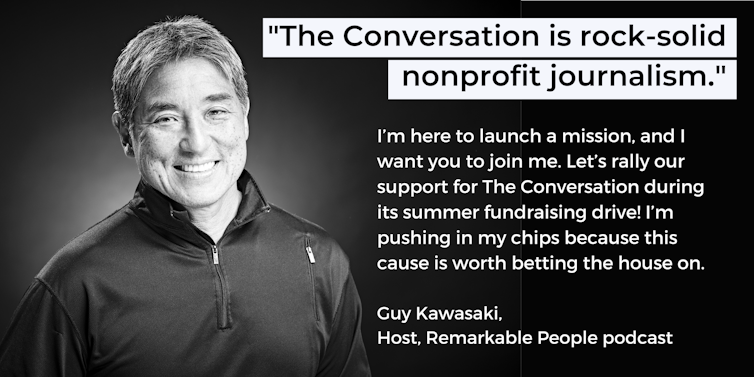
|
|
|
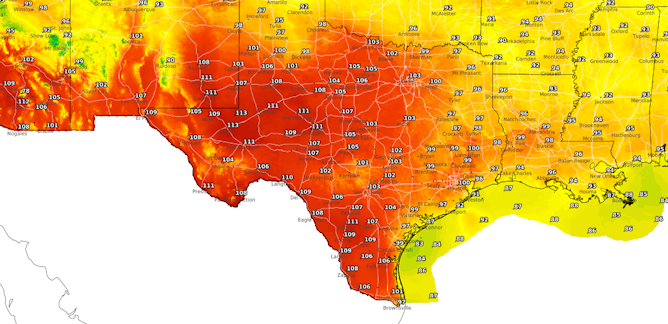
William Gallus, Iowa State University
Heat domes are a dangerous part of summer weather.
| |

Ahmed Elgammal, Rutgers University
Visual artists draw from visual references, not words, as they imagine their work. So when language is in the driver’s seat of making art, it erects a barrier between the artist and the canvas.
|
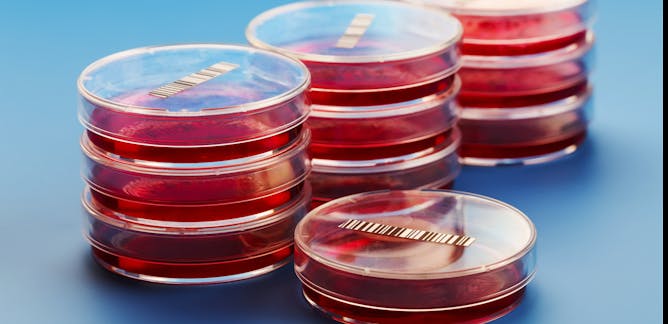
André O. Hudson, Rochester Institute of Technology
Cell cultures are common tools in biology and drug development. Bringing them up to scale to meet the meat needs of societies will require further development.
| |

Nina Mahmoudian, Purdue University
Dramatic improvements in computing, sensors and submersible engineering are making it possible for researchers to ramp up data collection from the oceans while also keeping people out of harm’s way.
|
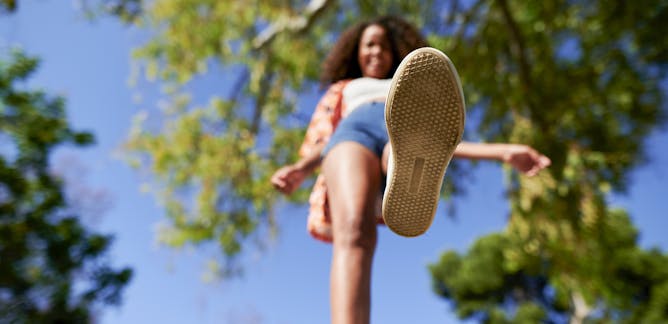
Ashok Prasad, Colorado State University; Kenneth F. Reardon, Colorado State University
You can squash small bugs by stepping on them, but can you crush even tinier microorganisms like viruses and bacteria? It turns out that you’d need to apply a lot of pressure.
| |

Brad Phillips, West Virginia University
Letting go of what could have been is a critical step in handling ambiguous loss.
|

A. Daniel Jones, Michigan State University; Hui Li, Michigan State University
PFAS can be filtered, but getting rid of the chemicals is a monumental challenge. A biochemist and soil scientist explain.
| |
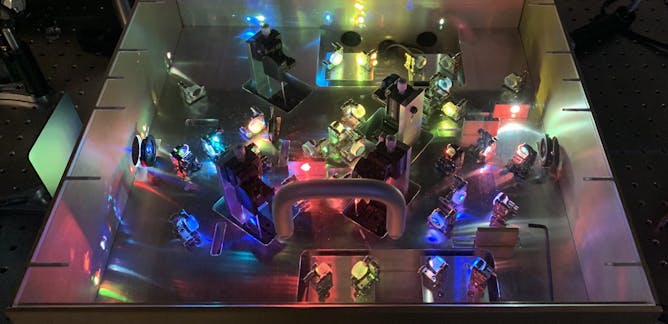
Mohammed Hassan, University of Arizona
A researcher explains developments in using light rather than electrons to transmit information securely and quickly, even over long distances.
|
|
|
|
|
-
Zlatina Kostova, UMass Chan Medical School
No matter their age, gender, ethnicity or locale, kids undergoing this therapy can make real progress in recovering from the most devastating traumas.
-
Wendy M. Erb, Cornell University
Orangutans are vocal animals, so analyzing their calls during events like wildfires can indicate how smoke is affecting their health.
-
Eleftheria Kontou, University of Illinois at Urbana-Champaign
Illinois passed the latest law requiring new apartment buildings to be wired for EV chargers. Now apartment communities are figuring out the best ways to make shared charging work for everyone.
-
Robert Glennon, University of Arizona
By a narrow margin, the Supreme Court has ruled against the Navajo Nation in a case over water rights in the drought-stricken US Southwest.
|
|
|
| | |
| | |
| |
| |
| |
|
|
|